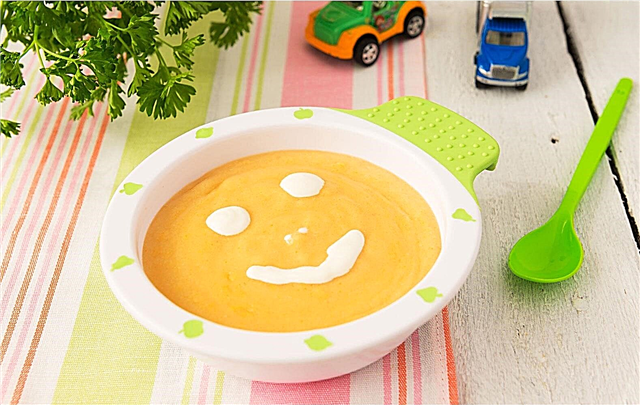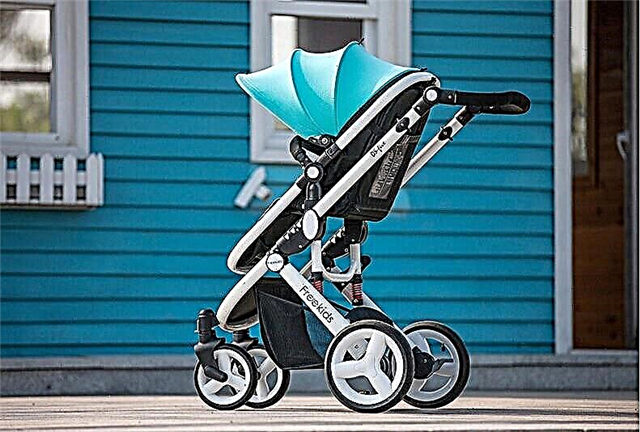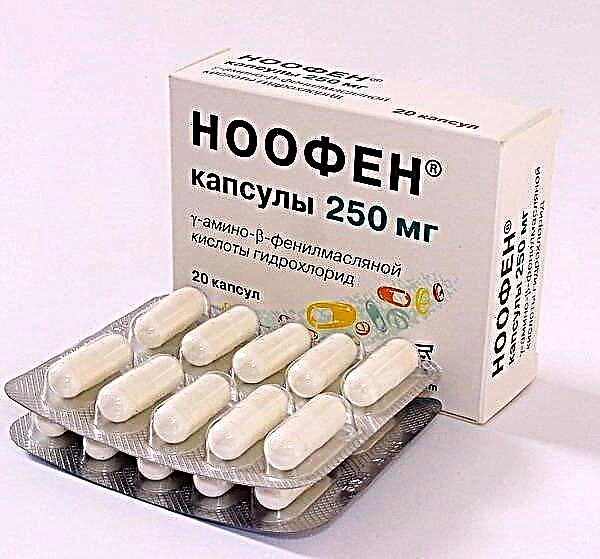
A thermometer is a must-buy for parents-to-be, since without a thermometer at home it is impossible to accurately control the body temperature of babies, and this at an early age is very important for a timely visit to a doctor and treatment, especially for acute infections.

Modern baby thermometers are very diverse, so a difficult choice arises for moms and dads. To determine which thermometer will be the best for a child, you should find out what the thermometers used in childhood are, as well as what to look for when buying them.
Types, their pros and cons
Thermometers used to determine body temperature in healthy and sick children differ in their principle of operation and structure. Let's consider in more detail each type of children's thermometers.
For information on which thermometers are better to measure body temperature, see the program of Dr. Komarovsky. The doctor also focuses on the fact that in case of illness, it is most important to monitor the dynamics of temperature.
Mercury
The most common and easy to use are thermometers, which contain a sealed flask with mercury inside.
The features of mercury baby thermometers are:

Electronic
Such thermometers are distinguished by the presence of a sensitive sensor at one end, which reacts to different ambient temperatures. When this built-in sensor contacts the baby's body, the body temperature is determined, and the data is transmitted digitally to the display, therefore such thermometers are often called digital.
One of the varieties of electronic thermometers are models in the form of a nipple. They are allowed to suck on the baby for 3-5 minutes, and then they look at the scoreboard placed on the mouthpiece, where the measurement result appears.
These are the main features of electronic thermometers for children:

Infrared
These modern thermometers detect infrared radiation that emanates from the baby's body. In the infrared thermometer there is a sensing element that captures this radiation, and the data converted to degrees appears on the display. Another name for such thermometers is "pyrometer".
All thermometers of this type are divided into ear thermometers (they measure the temperature in the child's auricle or on the skin of the temples), frontal (such thermometers measure radiation on the forehead skin) and non-contact (they are able to determine the temperature at a distance of 4-15 cm from the child's skin).
Among the features of infrared thermometers are the following:

Bracelet thermometer
This version of a baby thermometer is fixed on the child's hand and constantly records the temperature due to the presence of a sensor inside the bracelet, transmitting data to the mother's phone.
What are interesting about these thermometers:

Thermal strips
Such children's thermometers are represented by a film on which crystals are applied that can change color when exposed to heat.
More details about their features:

By watching the following video, you can find out about some more features of this or that type of thermometer.
Temperature Measurement Tips
- When measuring the temperature with a mercury thermometer, it is important to remember to first discard the mercury by shaking the instrument.
- Remember that the temperature will differ at different points in the body.
- When measuring with an electronic thermometer, it is important to ensure good contact between the thermometer and the baby's body.
- Do not measure your baby's temperature after swimming, exercising, crying, or eating.
How to choose the best one?
When buying a thermometer for a child, consider the following criteria:
- Age. Some thermometers are preferable for babies, others are only suitable for older children.
- Manufacturing company. It is preferable to firms that have been producing thermometers for several years, since products from little-known manufacturers may be of poor quality, and their data will turn out to be incorrect.
- Device warranty. It is best to go to a pharmacy or medical equipment store for a baby thermometer, as there you can get more information about thermometers, as well as arrange warranty service.
- Your budget. Choose a thermometer that you can afford.
- Feedback from parents and advice from doctors. Reading them before purchasing will help you avoid buying a low-quality thermometer.

Which one to choose for a newborn?
The following thermometers are considered the most convenient for measuring temperature in newborn babies:
- Non-contact infrared.


- Electronic in the form of a nipple.

They are all safe to use at an early age, read temperature quickly, and are accurate enough when used correctly.
In the next video, the popular doctor Komarovsky will tell you how to choose the right thermometer for your child.
For information on how to correctly measure the temperature and what to do when it appears, see the program of Dr. Komarovsky.



